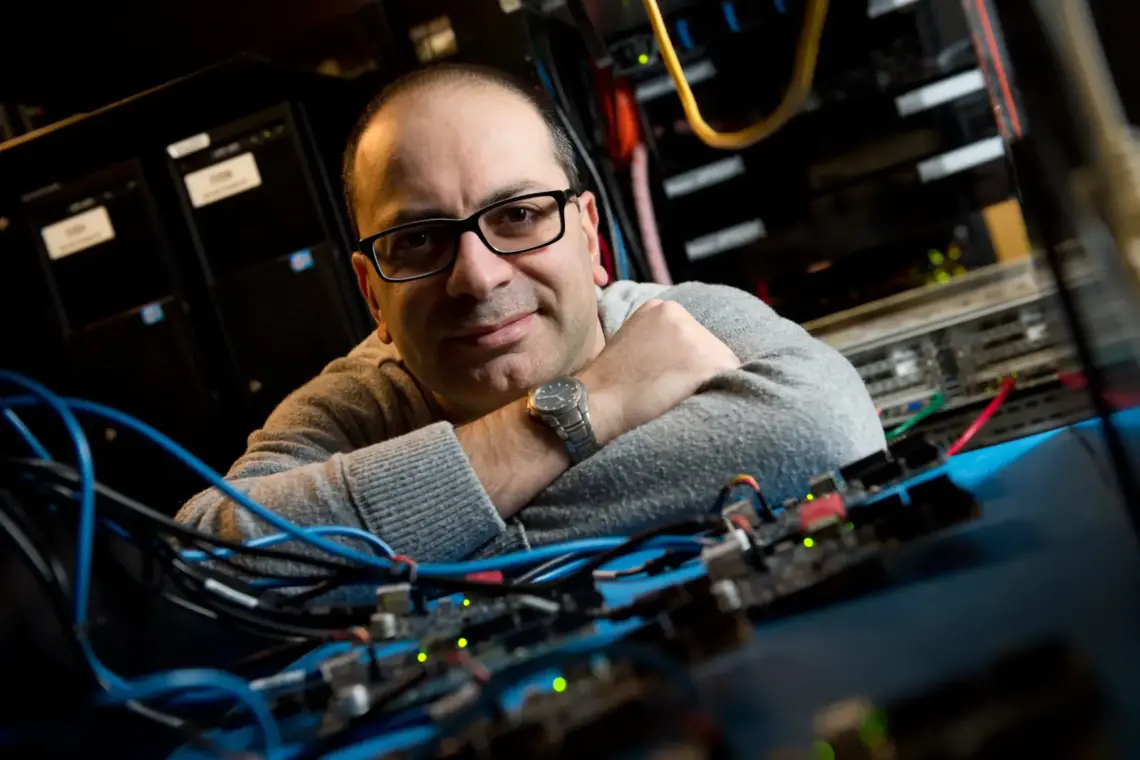
How often have you heard the story of the local startup acquired by the multinational company that fades away as its intellectual property heads south?
This isn’t that story.
What began as a two-person Kanata startup in the late ’90s – DSP Foundry – is today a thriving operation with 200 staff. The local team develops software virtualization platforms that simplify how we manage the increasingly complex mix of autonomous systems and intelligent devices connected to the cloud.
The company is Wind River, based in Alameda, CA. When it acquired DSP Foundry in 1997, Wind River had already established itself in the market with VxWorks, the first real-time operating system with the ability to communicate across computer networks.
The company, and the Kanata operation, continued to grow in the embedded networking business over the next decade. In 2009, Intel acquired Wind River.
Today, Kanata is Wind River’s largest leadership hub for engineering and one of its five global R&D Centres of Excellence. The local team works on products such as the Titanium Cloud line of virtualization software and the Helix line for autonomous and IoT-connected vehicles.
The Kanata operation is headed by Rabih Maalouf, vice-president of worldwide engineering for all of Wind River. Maarten Koning, co-founder of DSP Foundry, is still part of the Kanata operation in the top technical role of Wind River Fellow.
So why did Wind River, and then Intel, see value in growing the Kanata operation?
It came down to a deep pool of talent, post-secondary programs that produce quality engineering and computer science grads, and affordability in real estate and payroll costs courtesy of the exchange rate.
But the biggest factor was, and continues to be, the talent.
“The engineering depth, not just in Canada, but specifically in the Ottawa area, is incredible,” said Koning. He originally stayed on to help build the team as the operation grew, hand-selecting talented engineers who were a good fit with the cultural dynamic the founders had created.
As the market shifted in the 2000s from hardware to virtualization with cloud computing, that pedigree of telecom and networking expertise made the Kanata area an obvious choice to lead the charge for Wind River.
With Kanata’s tech sector continuing to grow in areas such as software-as-a-service, e-commerce and autonomous vehicles, talent is in tight demand. But Maalouf sees this as a positive development. The diversification of the local tech market creates fresh opportunities
“The richer the industry, the more talent we will attract to the city,” he said.
Workplace culture
The onus is on employers to up their game and ensure they offer not just competitive salaries and benefits, but an environment that makes people want to come to work.
For Koning, ongoing professional development is important, along with a tangible connection between an individual’s effort and the achievements of the company as a whole. But it all begins with engagement.

“It’s in the interests of the company to have happy, productive engineers,” he said. “The No. 1 driver is the relationships within the office – the relationship with their boss, the relationship with their peers.”
The emphasis at Wind River is on a collaborative culture that encourages people to share ideas and recognizes those individuals who lift the productivity and the morale of everyone around them.
“Let’s have fun, let’s collaborate, let’s be human,” Maalouf said.
The team inject that fun and humanity with Tech Sharing Days (which people can geek out and play show and tell with their interests), time off to compete in Wind River’s annual Engineering Symposium, chili cook-offs, euchre tournaments and ski trips. There is even a board where people can post notes that praise the efforts of their co-workers.
Maalouf sees a lot of value in just walking around the office and treating co-workers to a smile and a sincere hello.
“I grew up believing if you are happy and smiling about what you are doing, you are going to do a better job at it,” he said.
Software that never crashes (so we don’t, either)
Autonomous vehicles, artificial intelligence, the Internet of Things: Talk about technology these days and the conversation inevitably arrives at devices on the network edge that amass data and need to make decisions.
Sure, a big part of the equation involves drawing on the elastic computing power of the cloud for big data analysis, but more and more, we need “on-premise” platforms that allow devices to assess a situation and respond in a millisecond. It could be a driver assist system in a car, or a robot working side-by-side with a human it could harm.
In these scenarios, even a second of delay as data is uploaded to the cloud for analysis could mean the difference between life and death. Add to that the complexity and variety of operating systems that could be involved. The challenge is to enable machines and devices to make quick decisions on the network edge, using software virtualization technologies that never fail and that reduce the amount of physical hardware required in the device.
“This is what Wind River’s DNA is all about – we’ve been building systems like this for airplanes and industrial systems for a long time,” said Maalouf.
“People don’t realize how this technology is going to save lives,” added Koning. “Seeing this kind of software repurposed for automobiles is a natural progression.”
